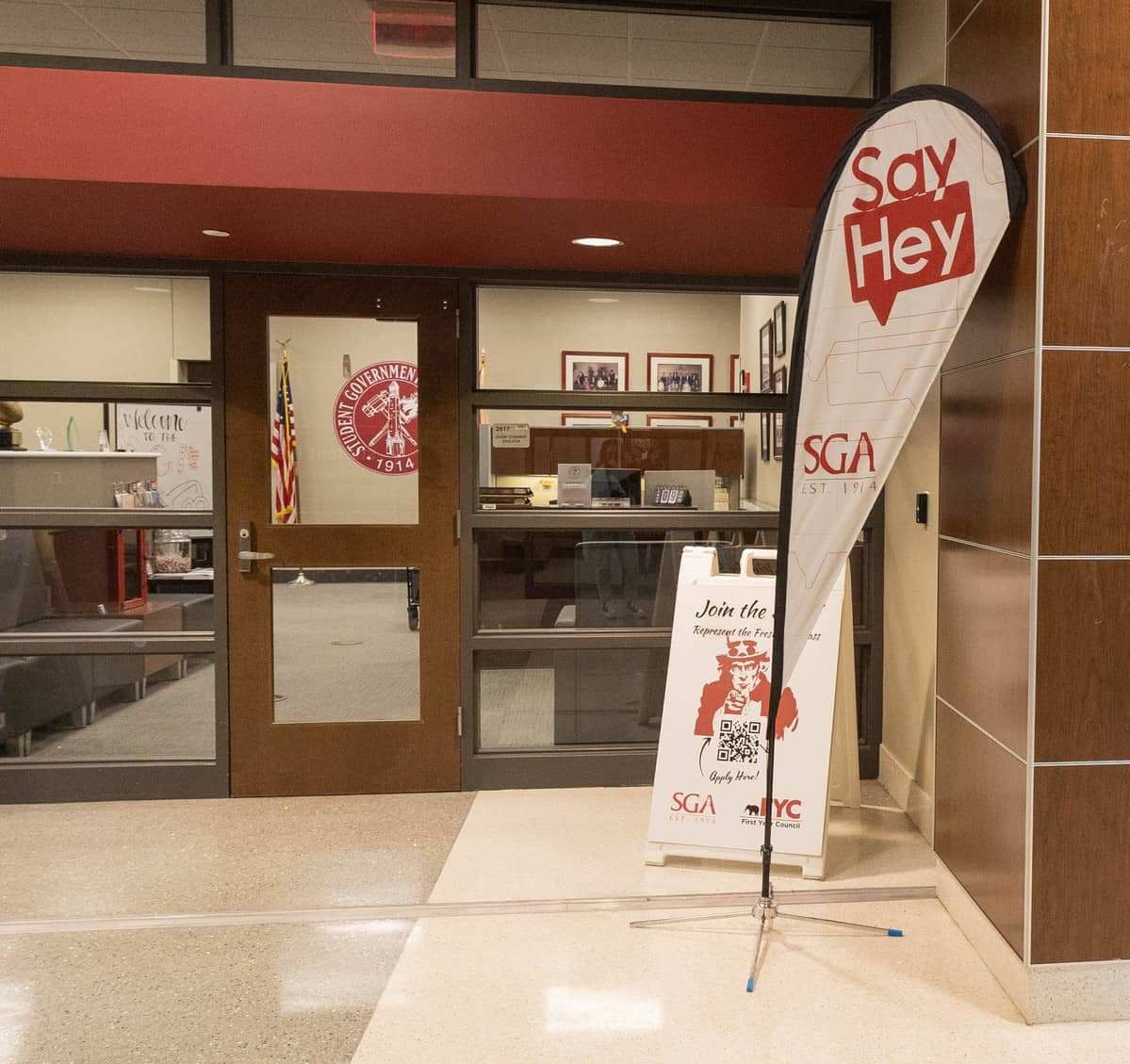In 2009, NASA created an event called the Robotic Mining National Championship. Engineering students from The University of Alabama have competed as a team in the event every year since its creation. The team won first place overall for the second time in three years on May 23.
Kenneth Ricks, an associate professor of electrical and computer engineering as well as the faculty adviser for the team, said he believed this was a huge victory for the University, the team and the engineering program.
“These students deserve all of the publicity possible,” Ricks said. “It may not be football, but it is a national championship in a competition against many big name engineering schools around the country.”
Each astrobotics team must design and build a robot which can make its way through an obstacle course that mimics the conditions of the moon or a planet such as Mars. In the span of 10 minutes, the robot must then be able to mine soil, bring the soil back through the obstacle course and deposit the soil.
Alex Stapp, a senior majoring in mechanical engineering and a team member, said the judges had high praise for the UA team.
“We have been called by the judges a model of what the competition should be,” he said.
In the past three years, the team has won second place once and first place twice, an achievement Stapp said is an example of the team’s continued commitment to excellence.
“This isn’t just something we’ve been able to do once,” he said. “It’s something we can replicate over and over because we have a plan for success.”
The competition is a week-long event, and the judges’ decision is based on six different categories. The University’s team was able to clinch first place overall by placing high in nearly every category, including first place in the tech paper category, the oral presentation category and the team spirit category.
“We had a really big night,” Ricks said. “No one has ever won four first place awards before.”
One of the things that has made the University’s team so successful is that the team designs and builds a brand new robot every year, rather than improve on previous designs.
What made this year’s model different was the fact that it was completely autonomous. While most of the other 36 teams that made it to the competition guided their robots by remote control, the UA team was the first to design a robot that could guide itself through the course entirely on its own.
The next step for the team is the world competition this summer in Hawaii. While the dates and times for the event are not yet set, it will take place in an area with conditions similar to Earth’s moon and Mars – the side of the Mauna Kea volcano.
Michael Carswell, a team member and graduate student in electrical and computer engineering, said the group plans to build on its success in the years to come.
“We are constantly looking for students, and particularly incoming freshmen, to work on the team all four years and extend the life of the team,” he said.
(See also: “UA robotics team finishes 4th at IEEE SoutheastCon“)






